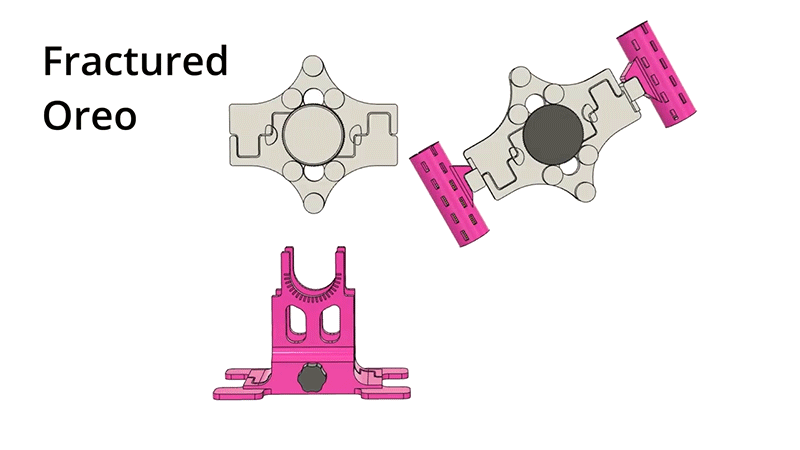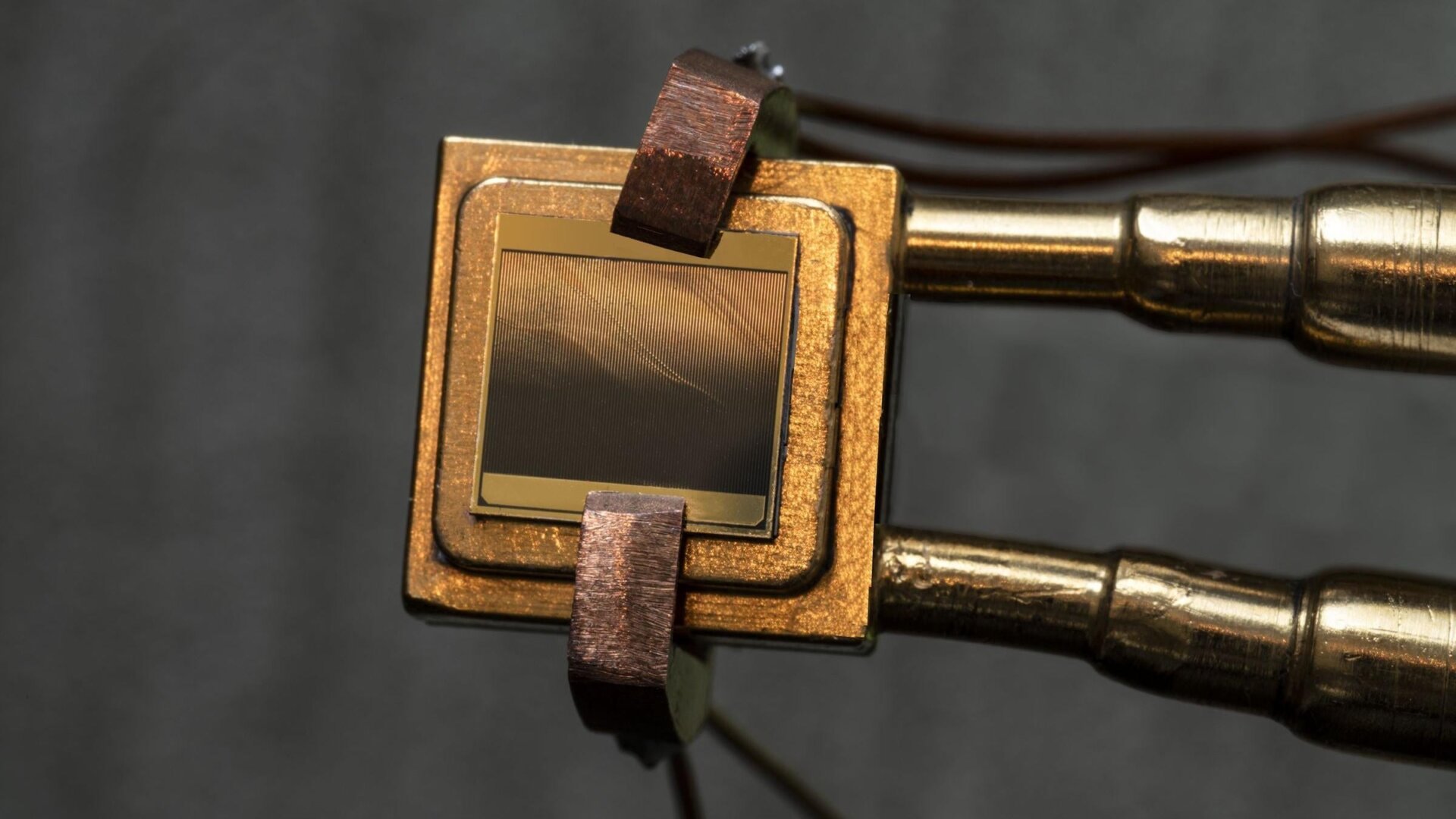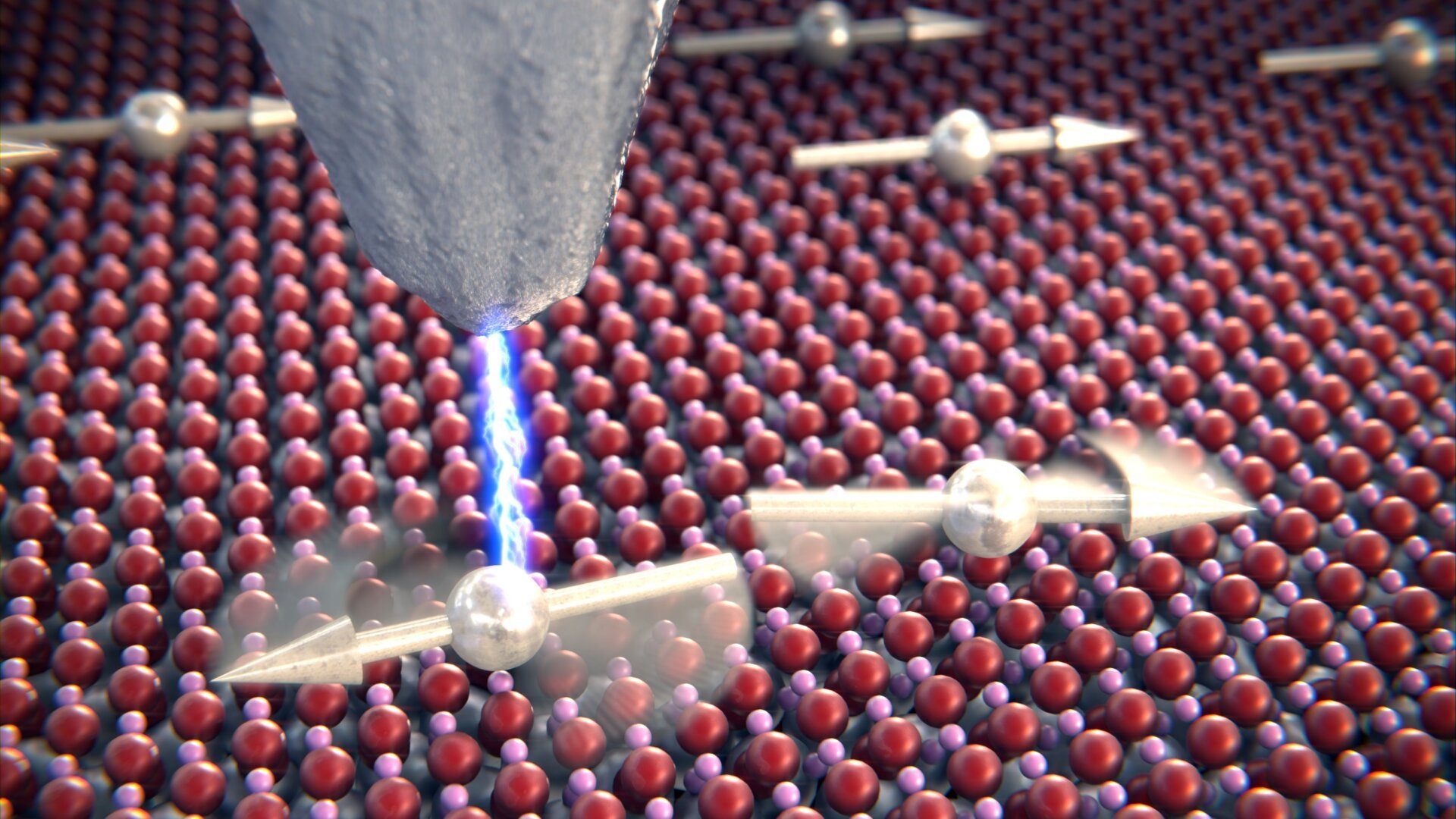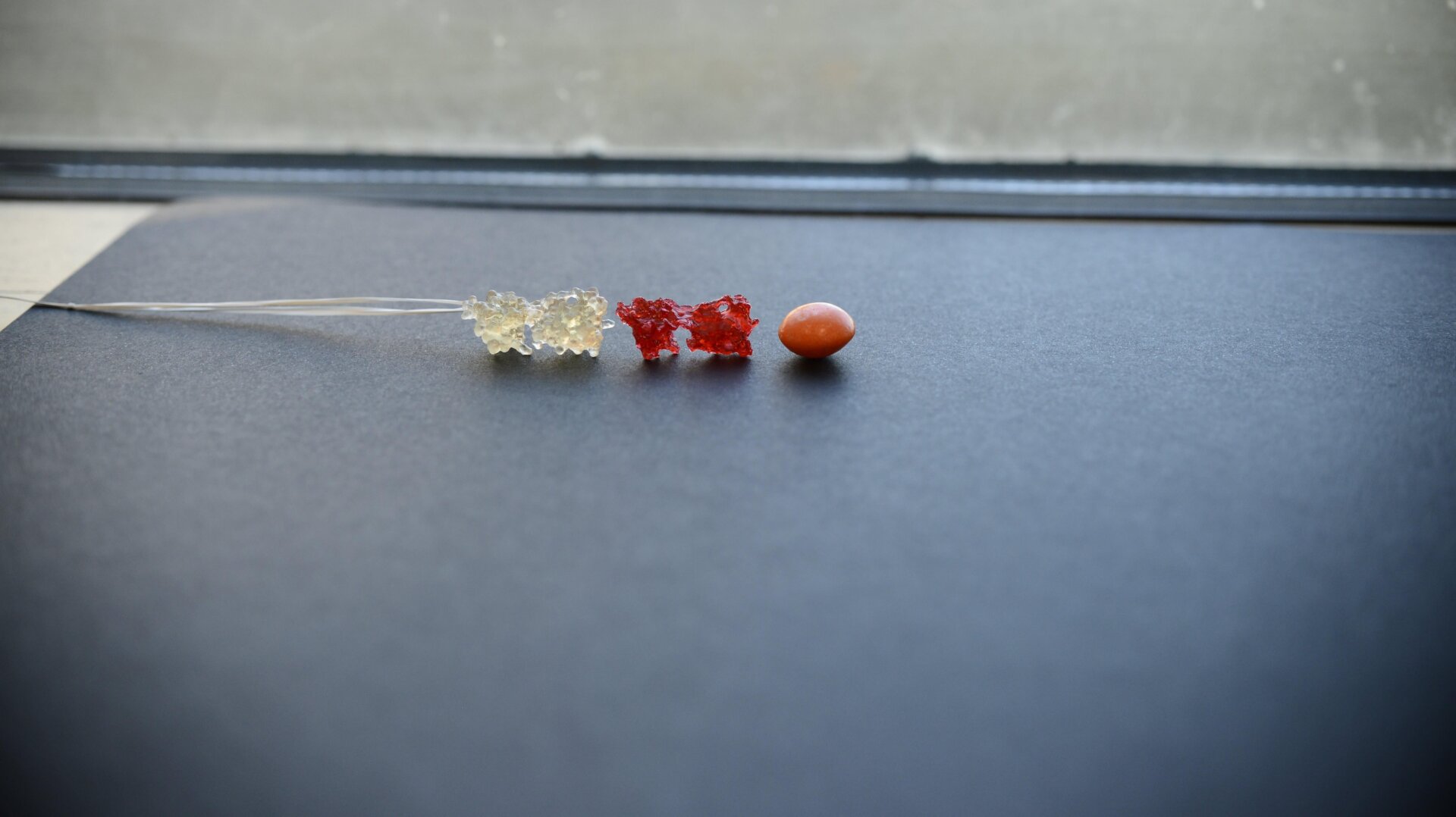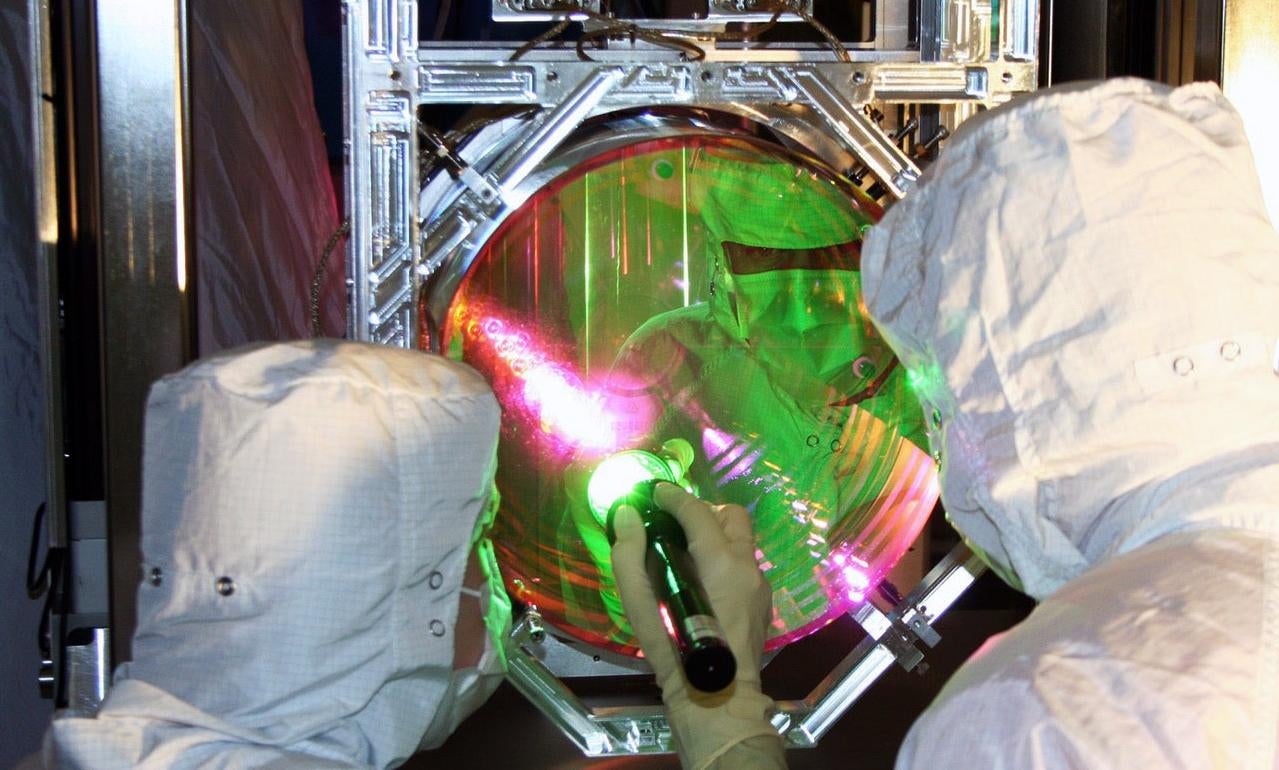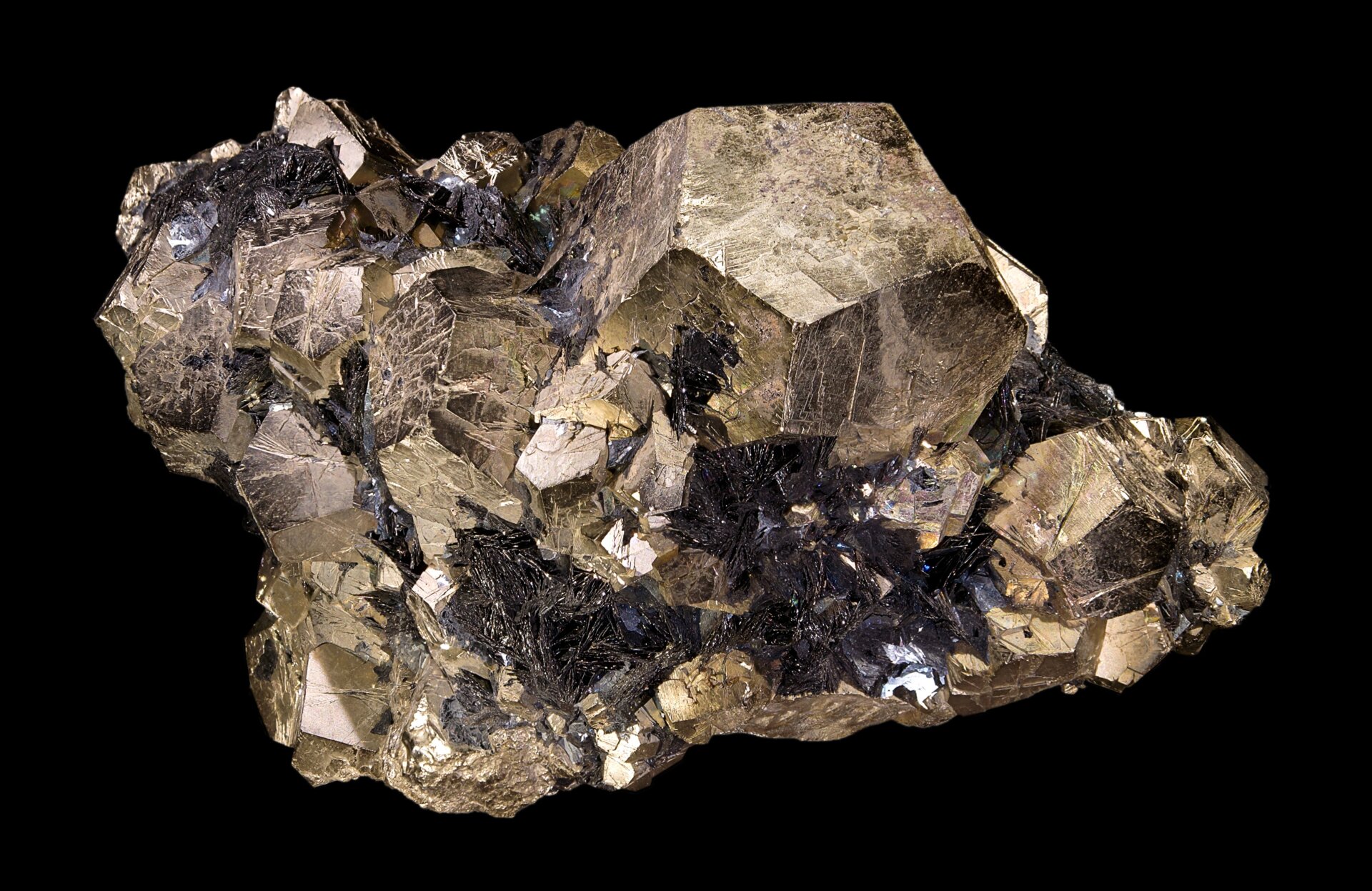The iconic Oreo cookie: two chocolate wafers sandwiching a sweet creme filling. But have you ever wondered about the optimal way to split an Oreo, ensuring the creme is evenly distributed? A team of mechanical engineers at MIT has tackled this very question, developing a device called the “Oreometer” to investigate the science of Oreo separation.
This research delves into the field of rheology, the study of how matter flows. In the case of Oreos, the focus is on the creme filling, a “mushy” substance that behaves as a soft solid until sufficient stress is applied. This characteristic classifies Oreo creme as a yield stress fluid, similar to materials like cookie dough, concrete, and even lava. These fluids only flow or change shape when a certain level of force is exerted, whether from twisting the cookie apart or biting into it.
Unraveling the Oreo Mystery with the Oreometer
The MIT team built the Oreometer to test various Oreo splitting techniques, focusing on creme distribution across the wafers after separation. Their findings, published in Physics of Fluids, reveal interesting insights into this seemingly simple process.
“Our most successful method involved rotating the Oreo while pulling from one side, a kind of peel-and-twist motion,” explained Crystal Owens, lead author of the study and a mechanical engineer at MIT. “This technique proved most reliable for achieving a clean break. Peeling is known to cause adhesive failure, similar to removing a sticker without tearing it.”
While the Oreometer isn’t designed for peeling, it effectively twists the cookies. The device clamps the Oreo between two rotating clamps, using rubber bands to control the torque applied to the wafers. By gradually adding weight to one side, the clamp rotates, separating the cookie.
Creme Distribution and Manufacturing Insights
The researchers observed that the creme often adhered to one wafer (“Wafer 1”) more than the other, likely due to the manufacturing process. They tested different Oreo varieties, including Double Stuf and Mega Stuf, but found no correlation between creme quantity and separation cleanliness.
The MIT team has made the Oreometer design open source, allowing anyone to build their own device and contribute to the growing body of knowledge on Oreo separation and shear properties. This playful yet insightful research not only satisfies our curiosity about a beloved snack but also contributes to our understanding of rheology and material behavior.
The Perfect Oreo Split: A Conclusion
While the perfect Oreo split might remain elusive for some, the MIT study provides valuable insights into the factors influencing creme distribution. The peel-and-twist method appears to be the most effective technique for achieving a clean separation. Further research and experimentation, perhaps with your own homemade Oreometer, could unlock even more secrets of this iconic treat.
https://aip.scitation.org/doi/suppl/10.1063/5.0085362
https://dx.doi.org/10.1063/5.0085362
https://www.youtube.com/watch?v=XxmP8IcoKtE



